SpaceX: Amateur astronauts launch on Inspiration4 mission
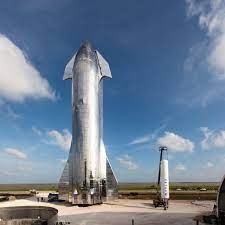
Four amateur astronauts have blasted off from Florida on their private mission to orbit.
The Inspiration4 crew, comprising one billionaire and three "ordinary citizens", rode out of the Kennedy Space Center in a Dragon capsule provided by the SpaceX rocket company.
The quartet will spend the next three days circling the Earth.
It's another milestone in the space tourism market, which is experiencing a resurgence after a decade's hiatus.
Earlier this summer, billionaire businessmen Sir Richard Branson and Jeff Bezos went above Earth's atmosphere in their own space vehicles.
And following this latest mission, there'll be two privateer visits to the International Space Station (ISS) - one in October, carrying a Russian movie director and an actress, and a second early in the New Year.
The Inspiration4 crew of Jared Issacman, Hayley Arceneaux, Sian Proctor and Chris Sembroski have had six months of intensive training with SpaceX. However, onboard computer systems will be in control of their Dragon capsule, overseen by SpaceX teams on the ground.
The Dragon is not going anywhere near the ISS. It's on a "free flight" to a target altitude of 575km (360 miles). That's about 150km above the orbiting laboratory, and roughly the height from where the Hubble Space Telescope views the cosmos.
Even if they don't have a destination as such, the foursome will have plenty to keep them occupied. They've taken up scientific experiments to be conducted inside their Dragon capsule, and SpaceX has modified their temporary home to include a big window, which the crew is sure to be using during downtime to wonder at the Earth below.
The Inspiration4 venture was purchased from SpaceX by Mr Isaacman, 38, who made his fortune developing systems to process credit card payments. But rather than go on an "outing with fishing buddies", he decided, as he saw it, to inject real purpose into the flight.
So, he gifted the three adjacent seats to people with inspirational stories.
This is perhaps best illustrated in 29-year-old Hayley Arceneaux. She overcame bone cancer as a child and as an adult has gone back to work for the medical facility that cured her - the St Jude Children's Research Hospital in Memphis, Tennessee. Mr Isaacman wants to raise $200m for St Jude's work.
Dr Sian Proctor, 51, is a geoscientist and science communicator. She actually came close to being a Nasa astronaut in 2009 but missed out in the final round of selection. Dr Proctor won her seat through her role as an artist and by demonstrating her entrepreneurial skills. She plans to paint while looking out the Dragon's domed window.
Chris Sembroski, 42, is a US Air Force veteran and works as an engineer with aerospace company Lockheed Martin. He'd made a donation to St Jude that also entered him into a lottery draw for the fourth position in the crew.
Mr Sembroski didn't win the lottery - but a friend did, and asked him to take the place.
SpaceX and Inspiration4 have described Wednesday's launch as the first "all-civilian mission to orbit". That depends very much on your definition of "civilian". The first man to walk on the Moon, Neil Armstrong, was technically a civilian, having resigned his Navy commission in 1960, nine years before Apollo 11.
But there's no doubting the Dragon flight commanded by Mr Isaacman has significance.
Space activity - even human spaceflight - is becoming ever more commercial, and the idea that people can go to orbit outside of the purview of the major national space agencies will increasingly look normal.
The 2000s saw several super-wealthy individuals spend a fortnight on the ISS. That particular era of space tourism ended in 2009 when spare seats on Russian rockets were bought up for the exclusive use of Nasa astronauts. But this second era looks as though it will be more resilient, simply because there are many more private space companies chasing the business, and this should bring down prices for a wider pool of customers.
Elon Musk, the founder of SpaceX, is intent on making humans "a multi-planet species".
And Mr Isaacman regards Inspiration4 as a signpost of where things are going. He was very keen that his Dragon go higher than astronauts usually go. And not since the final shuttle servicing mission of Hubble in 2009 have people been to an altitude above 570km.
"We've been going to the space station (420km) for some time, and there's just unbelievable science and research and great contributions that are coming out of there. But if we're going to go to the Moon again, and we're going to go to Mars and beyond, we've got to get a little outside of our comfort zone and take that next step in that direction," he said before launch. "So that was really the rationale (for our choice of altitude)."
Some commentators have voiced concern about the collective impact on the Earth's climate of spaceflights like this one.
SpaceX's Falcon-9 rocket uses highly refined kerosene fuel which produces the greenhouse gas carbon dioxide (CO₂), along with nitrogen oxides, which also contribute to warming. Emissions from rocket launches remain tiny compared with the aviation industry, though they are projected to grow.

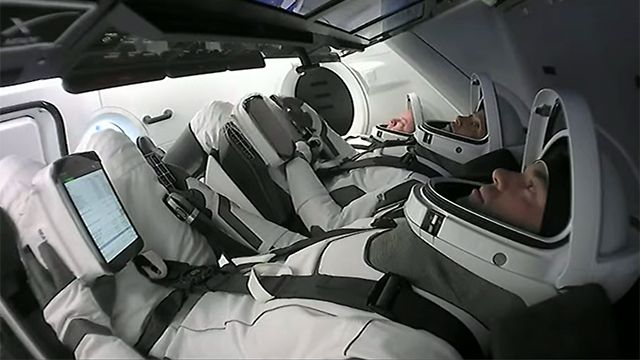
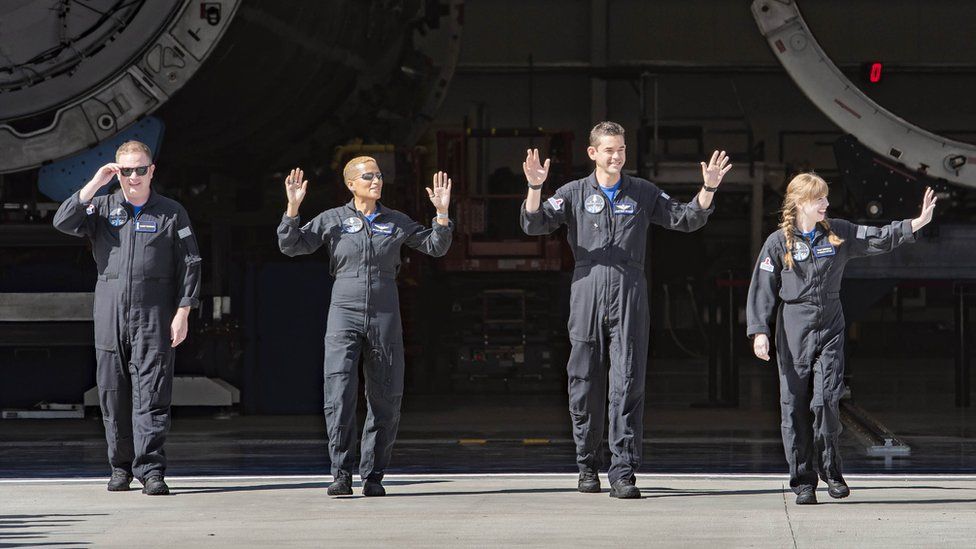
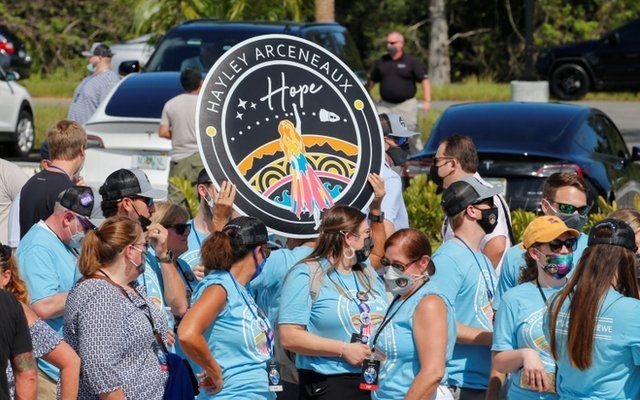
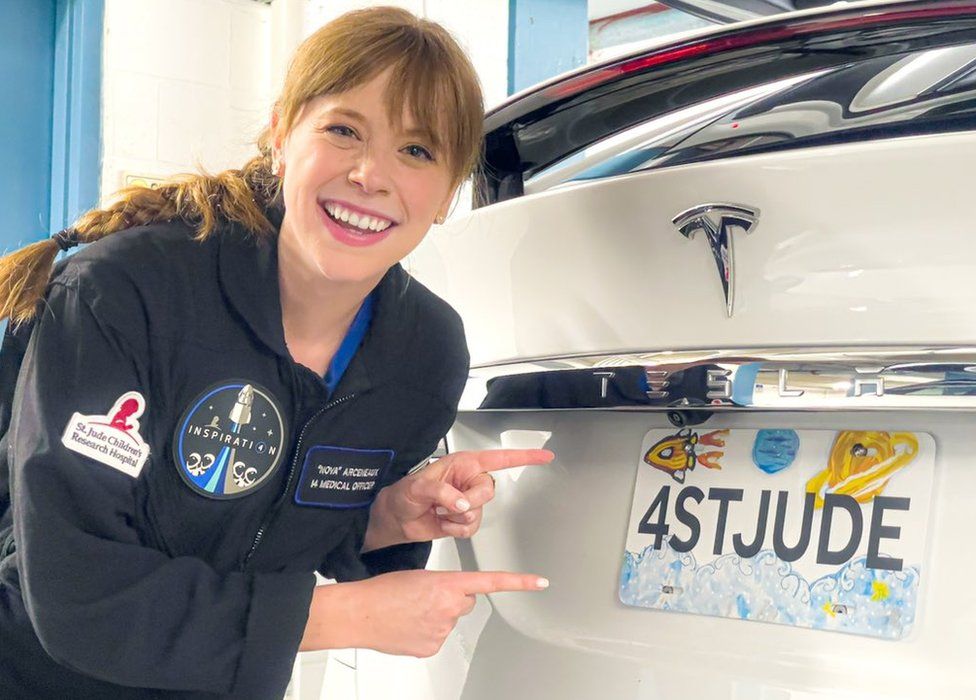
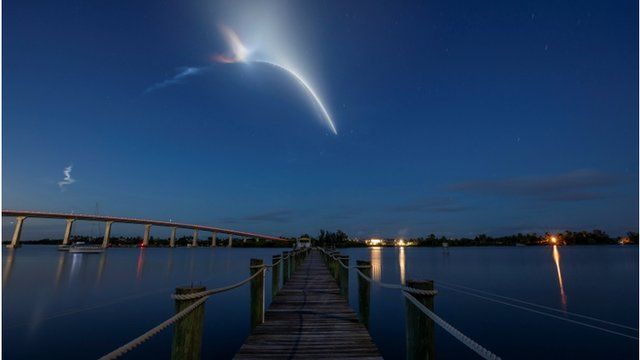
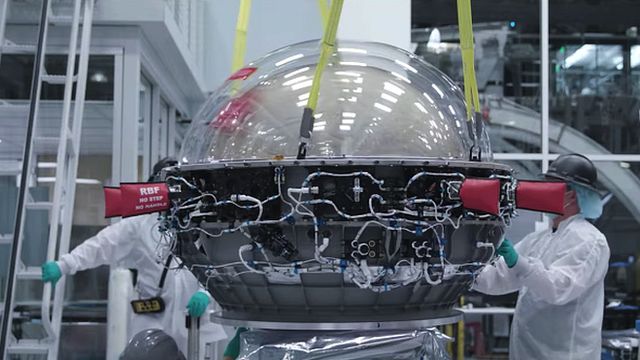
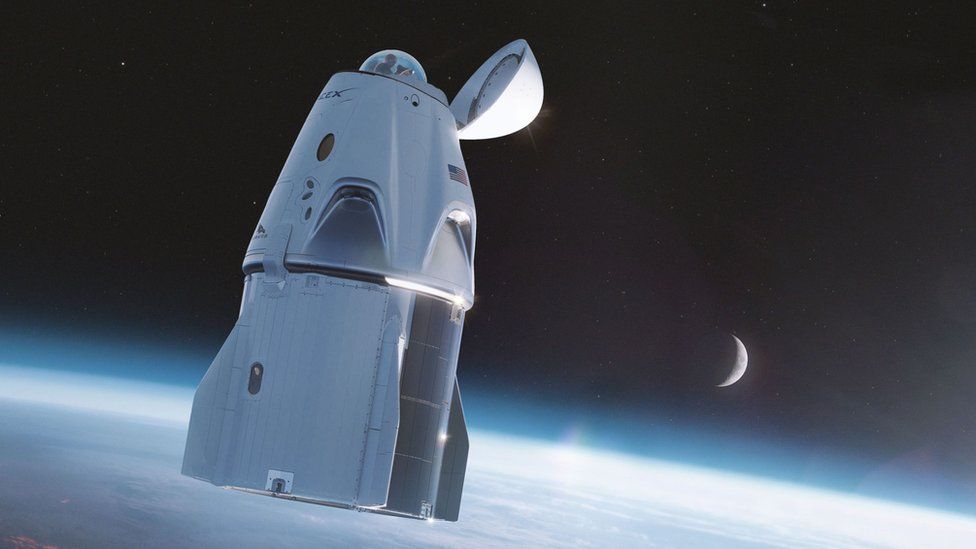

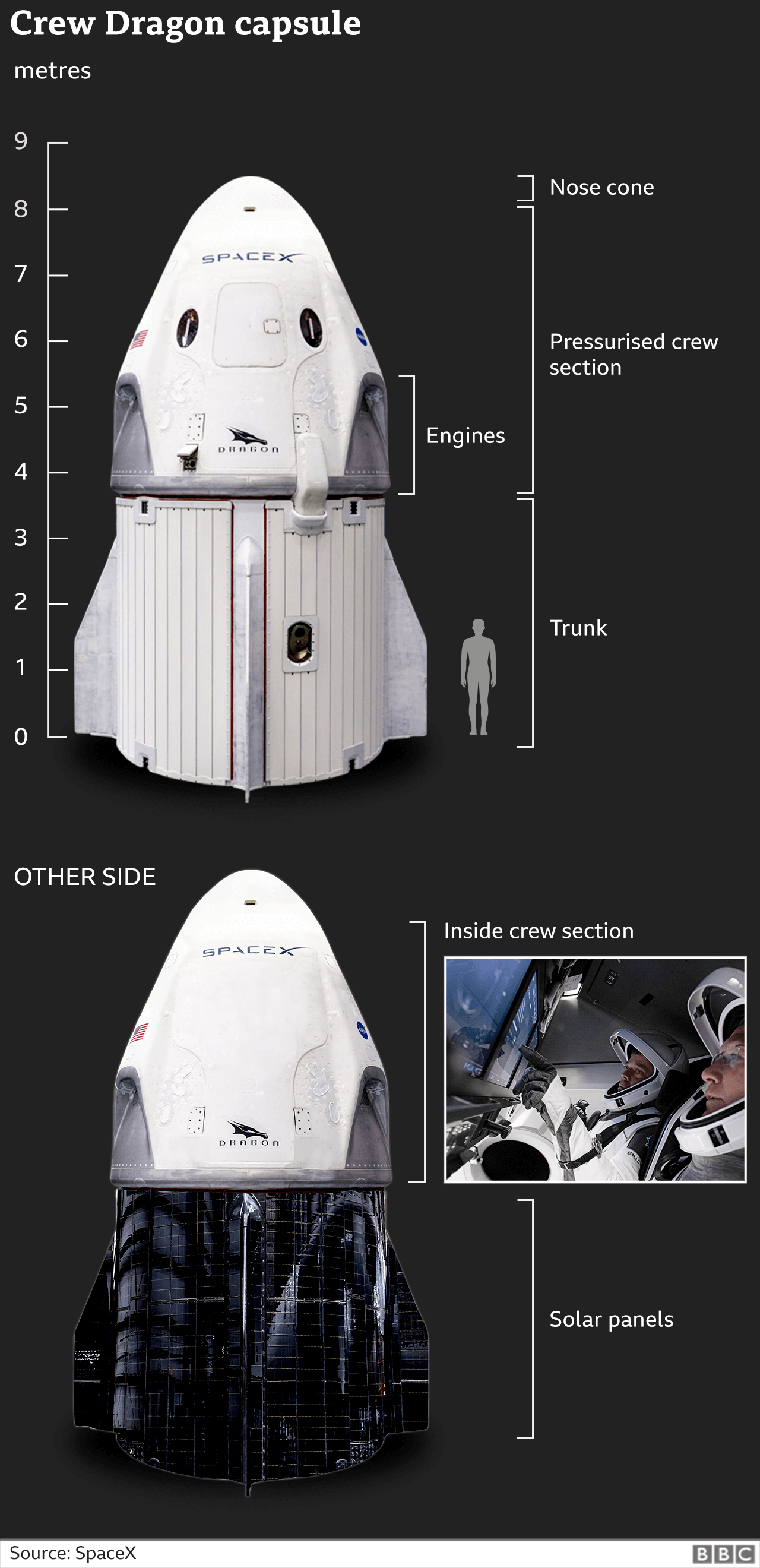




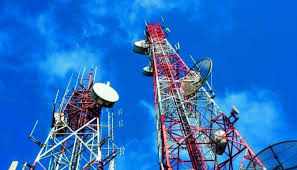


Comments